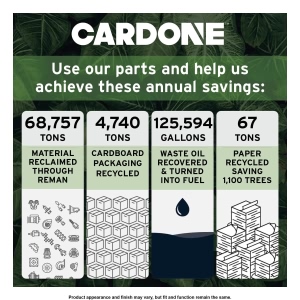< Back ×
2005 Buick LeSabre Brake Master Cylinder Bleeder Tool
My Vehicle Change Vehicle
2005 Buick LeSabre
< Back to View All
Brake Boosters & Brake Master Cylinders
- Department
- Brands
- Prices

 Product Specifications
Product Specifications- Bleeder Adapters Included: No
- Bleeder Pressure Gauge Included: No
- Bleeder Tubing Included: No
- E-Waste: No
- Material: Plastic
- Package Contents: Bleeder Tool
- Product Condition: New
- UPC: 082617849678
- Part Description: 2005 Buick LeSabre Master Cylinder Bleeding Tool
Vehicle Fitment- 2005 Buick LeSabre | All Trims | All Engines
FAQ for Brake Master Cylinder Bleeder Tool Repair
Q: What tools are required to finish Hydraulic Brake System Bleeding (Pressure)?
A:
You need a J 29532 Diaphragm Type Brake Pressure Bleeder, or equivalent, and J 35589-A Master Cylinder Bleeder Adapter.
By Bob
GM Specialist
28/10/2022Q: What should be cautioned about Hydraulic Brake System Bleeding (Pressure)?
A:
With the ignition OFF and the brakes cool, you should apply the brakes 3-5 times, or until the brake pedal effort increases significantly, to deplete the brake booster power reserve and then fill the brake master cylinder reservoir to the maximum-fill level with Delco Supreme 11(R), GM P/N 12377967 (Canadian P/N 992667), or equivalent DOT-3 brake fluid from a clean, sealed brake fluid container and clean the outside of the reservoir on and around the reservoir cap before removing the cap and diaphragm.
By Bob
GM Specialist
28/10/2022Q: What should we know about the Bleeding of the ABS System?
A:
You should perform a manual or pressure bleeding procedure. If the desired brake pedal height results are not achieved, perform the automated bleed procedure below. The procedure cycles the system valves and runs the pump to purge the air from the secondary circuits normally closed off during normal base brake operation and bleeding. The automated bleed procedure is recommended when air ingestion is suspected in the secondary circuits, or when the brake pressure modulator valve (BPMV) has been replaced.
By Bob
GM Specialist
28/10/2022Q: What should be cautioned in ABS Automated Bleeding?
A:
The Auto Bleed Procedure may be terminated at any time during the process by pressing the EXIT button. No further Scan Tool prompts about the Auto Bleed procedure will be given. After exiting the bleed procedure, you should relieve bleed pressure and disconnect bleed equipment per the manufacturer's instructions.
By Bob
GM Specialist
28/10/2022Q: What should be cautioned about Hydraulic Brake System Bleeding (Manual)?
A:
When adding fluid to the brake master cylinder reservoir, you should use only Delco Supreme 11(R), GM P/N 12377967 (Canadian P/N 992667), or equivalent DOT-3 brake fluid from a clean, sealed brake fluid container. The use of any type of fluid other than the recommended type of brake fluid may cause contamination which could result in damage to the internal rubber seals and/or rubber linings of hydraulic brake system components.
By Bob
GM Specialist
28/10/2022Q: What should be cautioned about Hydraulic Brake System Flushing?
A:
When adding fluid to the brake master cylinder reservoir, you should use only Delco Supreme 11, GM P/N 12377967 (Canadian P/N 992667), or equivalent DOT-3 brake fluid from a clean, sealed brake fluid container. The use of any type of fluid other than the recommended type of brake fluid may cause contamination which could result in damage to the internal rubber seals and/or rubber linings of hydraulic brake system components. If the brake fluid was not contaminated with an oil-based or a silicone-based substance but WAS contaminated with water or dirt, rust, corrosion, and/or brake dust, you should replace the brake master cylinder reservoir cap diaphragm.
By Bob
GM Specialist
28/10/2022See more FAQs (1)
